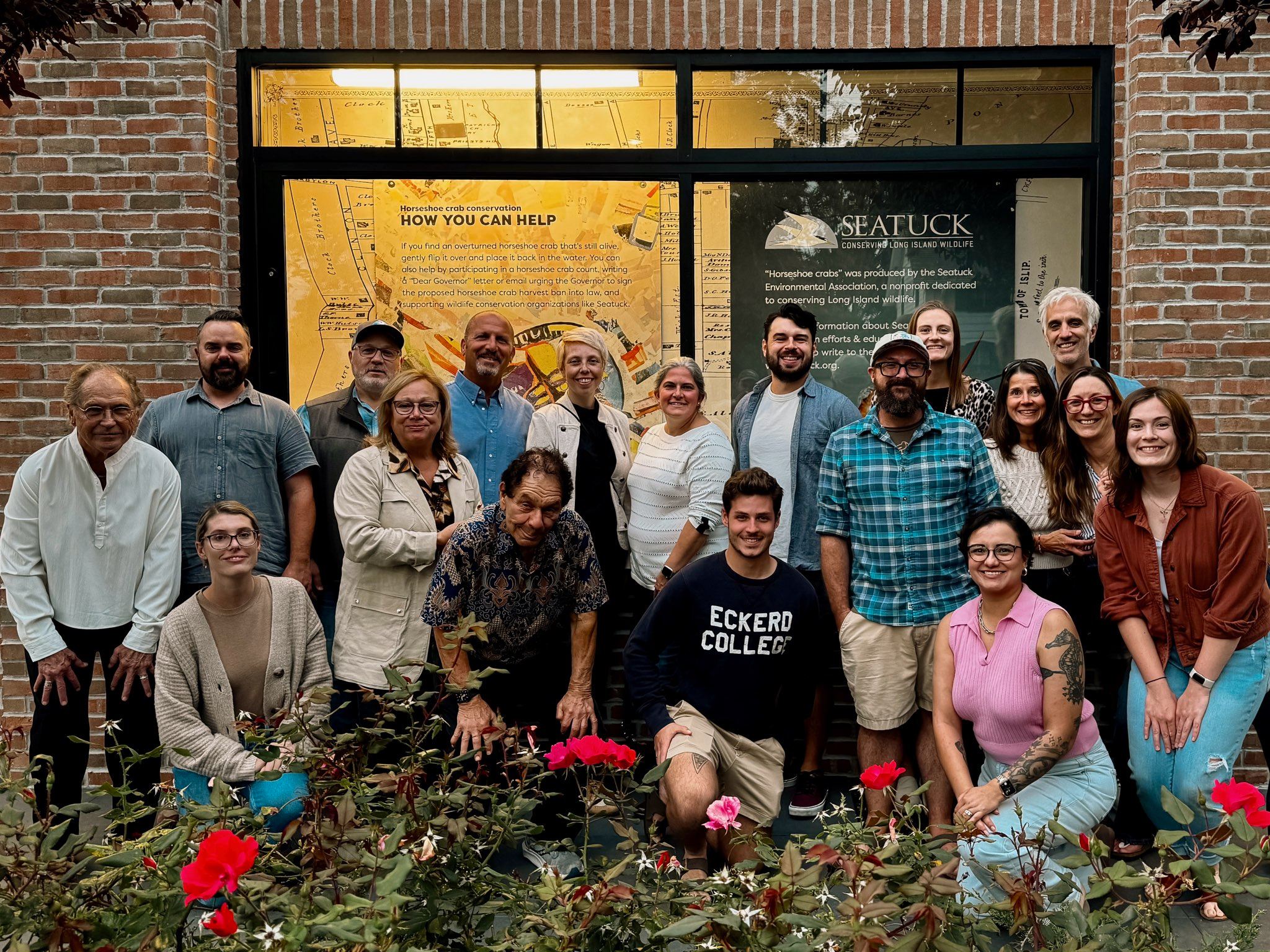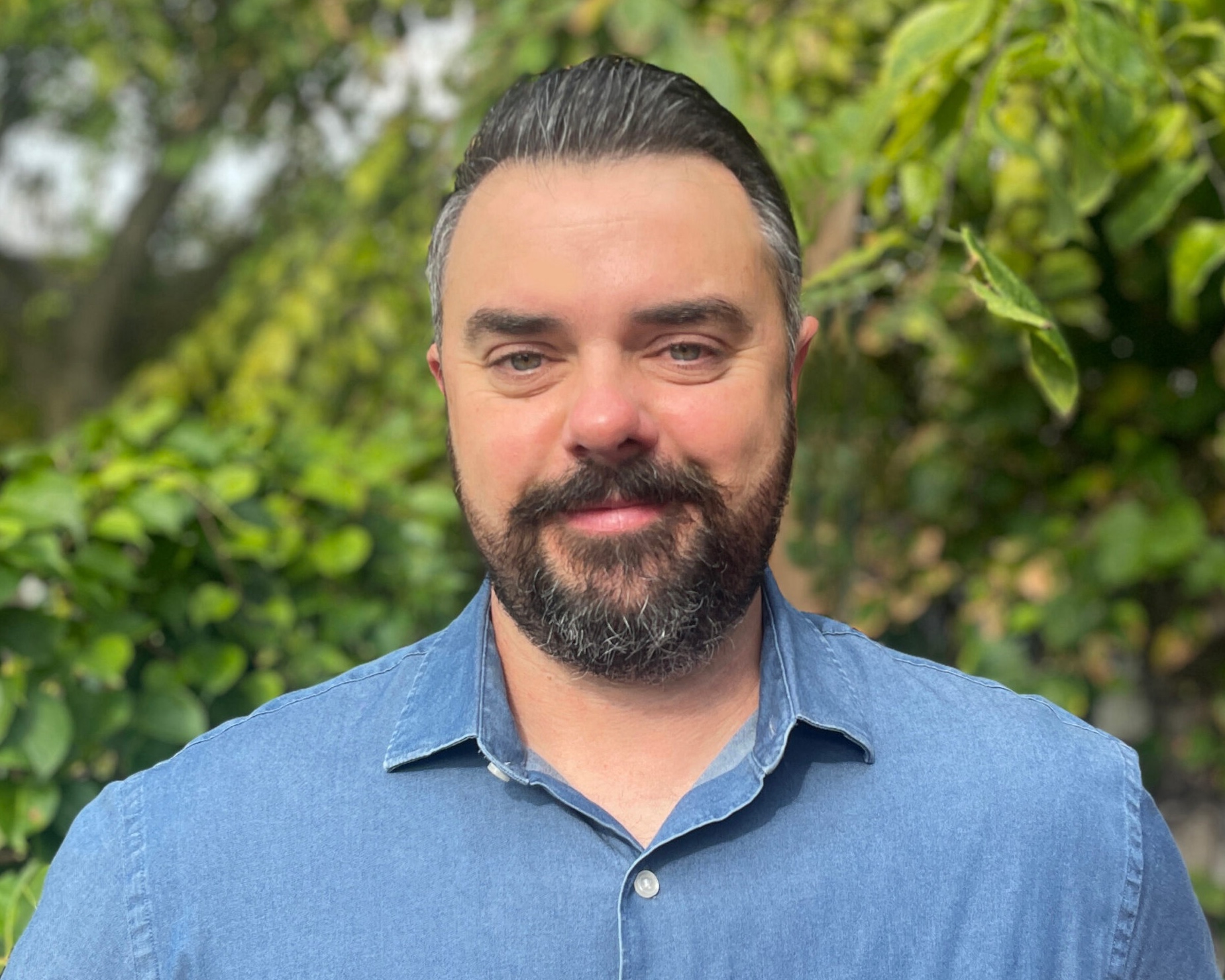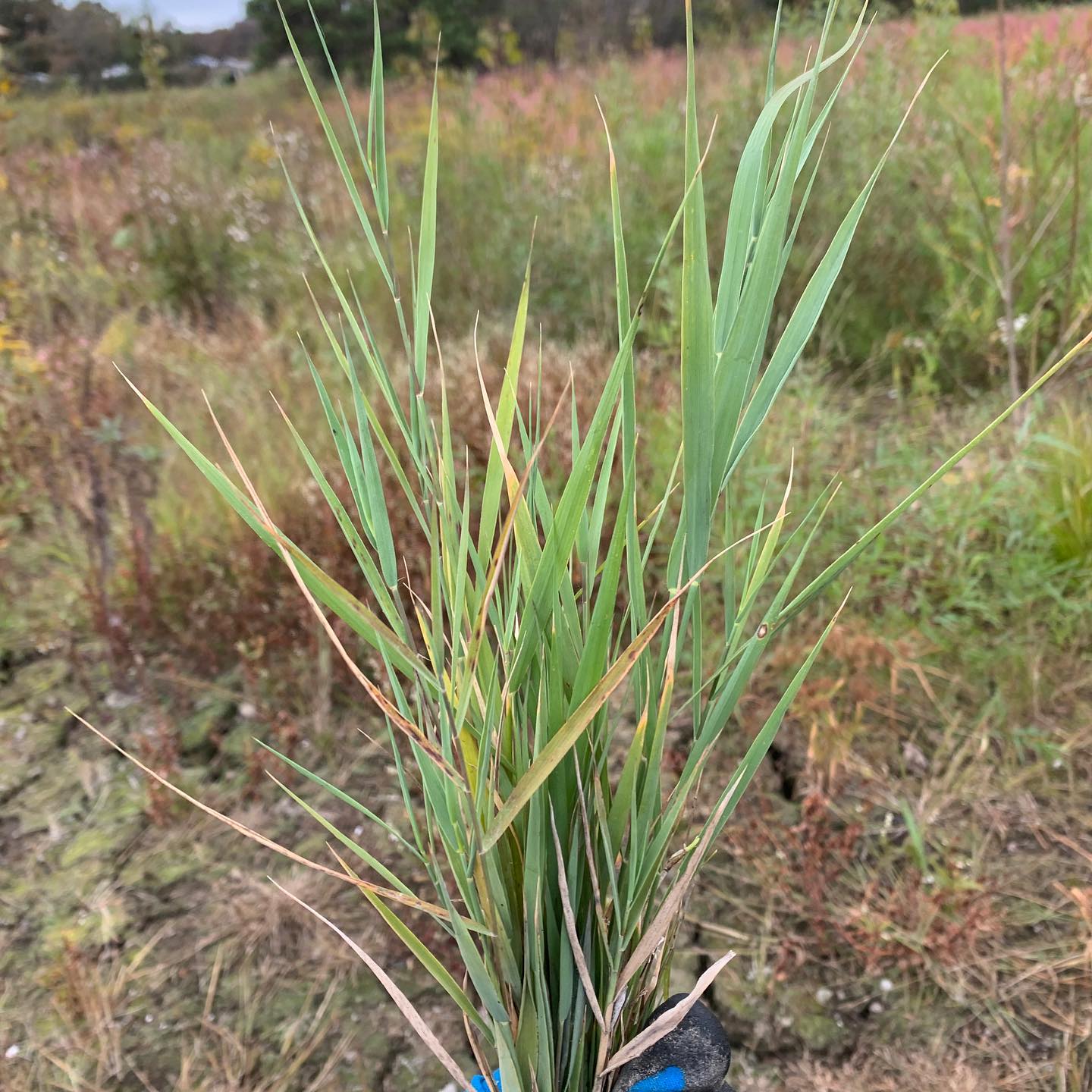Restoring Long Island’s Native Fish
Seatuck is proud to announce that it has been awarded a grant from the New York State Department of Conservation to improve the aquatic connectivity of Patchogue River.
The grant will provide funding for an analysis of strategies for advancing wildlife passage at Patchogue Lake and the development of “shovel ready” plans for the selected option. The project will focus on making it possible for migratory fish, including river herring and American eel, to safely move into and out of the lake, but will also seek to benefit other aquatic wildlife, such as river otters.
River herring and American eel migrate between fresh and salt water as part of their life cycles and play a vital role in transferring energy and nutrients between the ocean and our estuaries and uplands. They’re also an important food source for countless other wildlife, including everything from seals to striped bass to osprey. Unfortunately, their populations have been severely impacted on Long Island by dams and culverts that have restricted access to most of the freshwater habitat they require.
Since 2006, a remnant population of river herring have been observed below the Patchogue Lake dam. The waterway is one of only two dozen remaining streams on Long Island where remnant river herring runs still exist. Over the past several years, juvenile American eel have also been documented in the lower portion of the river during their spring migration. Access to Patchogue Lake, as well as to the upstream Canaan Lake (where fish passage already exists), will help their populations rebound. Restoring natural connectivity and rebuilding native wildlife will help generate a cascade of other ecological benefits for Patchogue River and the Great South Bay.
Seatuck’s proposal was supported by Nassau County (which owns the dam), as well as the Town of Brookhaven, the Village of Patchogue and Blue Point Brewery, among others.
Click here to learn more about river herring and American eel, and Seatuck’s efforts to restore the ecological health of Long Island’s coastal rivers and streams.




